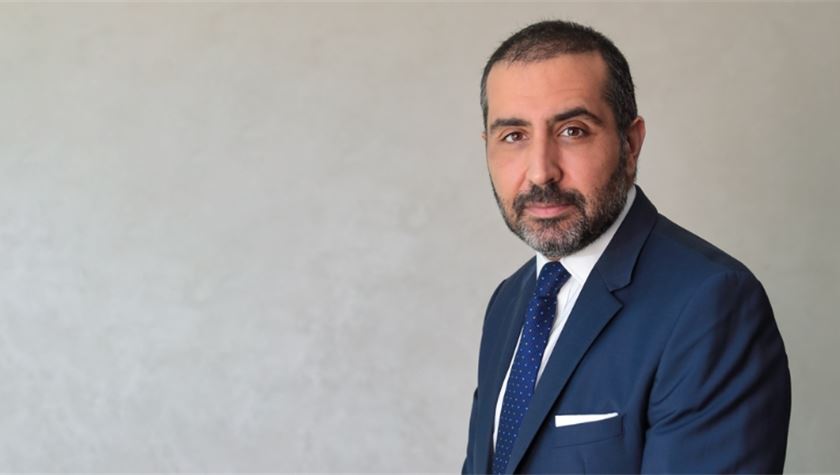The creation of a fixed link between Europe and Africa has been an ongoing conversation since the signing of the first bilateral agreement between the Kingdom of Morocco and Spain, along with the European Commission and the Economic Commission for Africa.
Although the technical documentation created may appear abundant, in reality these ambitious plans have only borne modest fruit, and have never really saw light despite strong political will from most stakeholders.
Many unsolved questions remain, including the quality of the business plan behind it and the best way to approach linking the two continents. Initially, it was believed that a giant 16-miles bridge would be the ideal solution.
However, more recently, most experts seem to prefer the tunnel option. But, this tells only half the story.
The potential value of establishing a fixed link between the two shores of the Mediterranean has never been in dispute. From a commercial, social and security point of view, this project makes perfect sense.
With the globalisation of trade, reducing dependence on maritime transport to ensure the fluidity of trade is essential in ensuring a logistical policy mix.
“The potential value of establishing a fixed link between the two shores of the Mediterranean has never been in dispute. From a commercial, social and security point of view, this project makes perfect sense”
In addition, with the increase in migratory pressure and the evolution of migrant routes, a direct corridor between the two continents would make possible to ensure optimal conditions for regulating human flows.
Finally, on the social and security level, a major construction site sealing the ‘community of destinies’ between Africa and Europe would not only create tens of thousands of jobs during construction but also tens of thousands more during the exploitation phase.
This would allow coherent economic clusters to be grafted onto the fixed link. Whether this is at the level of local economic development or investments, in sectors such as hotels, logistics or industry, this investment represents an unprecedented opportunity.
Since the genesis of the project more than forty years ago, the main bone of contention can be summed up in one word: cost. Linking two continents permanently is an expensive undertaking involving multiple hazards, any of which could lead to massive cost overruns.
On both sides of the Mediterranean, everyone recalls the massive difficulties encountered in building the Channel Tunnel and the decades it took to find a viable economic model for it.
Now, however, rather than frightening us, the Channel Tunnel should inspire us and push us to accelerate the construction of a fixed link between the two continents. It has given us the experience curve and the necessary insights to know precisely which mistakes not to make.
Indeed, it is important to recall that several fixed link projects around the world have been successfully completed in the past 30 years. These include the Eiksund tunnel in Norway, which was completed in 2008 and is the deepest in the world.
On the question of what not to avoid, it is clear that this type of project cannot be tackled solely through a conventional commercial operation, as the Eurotunnel construction company attempted to do through listing itself on the stock exchange from the outset.
“The post-pandemic world needs ambitious projects that respect the environment, generate employment and guarantee social stability. For all these reasons, the Africa-Europe fixed link project should no longer remain a dream, but become a necessity”
In the case of an Africa-Europe fixed link, it is important to be imaginative and innovative when it comes to financing approaches. These must make the link with the major issues of the moment. Indeed, the timing has never been more favourable to launch this type of project.
Europe has a global project for Africa and keeps repeating this message. But Europe has been trying for many years to find a project that is sufficiently ambitious to embody its commitment to the continent.
The ‘Afrotunnel’ has the qualities required to become such a project. It is both symbolically strong and economically viable, not unlike the Chinese ‘Belt and Road’ Initiative.
Structured around rail and non-polluting transport, the fixed link between Africa and Europe would, for example, make it possible to establish a policy of industrial coproduction between North and South that would renew North and West Africa and create a decarbonised area of prosperity, in line with the European ‘Green Deal’.
Within the southern shores of the Mediterranean, Morocco, already a regional leader in the production of automobiles or aeronautics, could play the role of catalyst of this shared growth between the two shores.
This would build on the country’s existing institutional and macro-economic stability. The installation of a fixed link would enable the emergence of better-integrated industrial ecosystems between Africa and Europe, at the same time enabling the old continent to reduce its dependence on the manufactures of South-East Asia.
Finally, the post-pandemic world needs ambitious projects that respect the environment, generate employment and guarantee social stability. For all these reasons, the Africa-Europe fixed link project should no longer remain a dream, but become a necessity.
Also Read
The Sanitation and Wastewater ‘Atlas’ for Africa is a timely move
Sustainable sanitation management key in achieving Vision 2030

